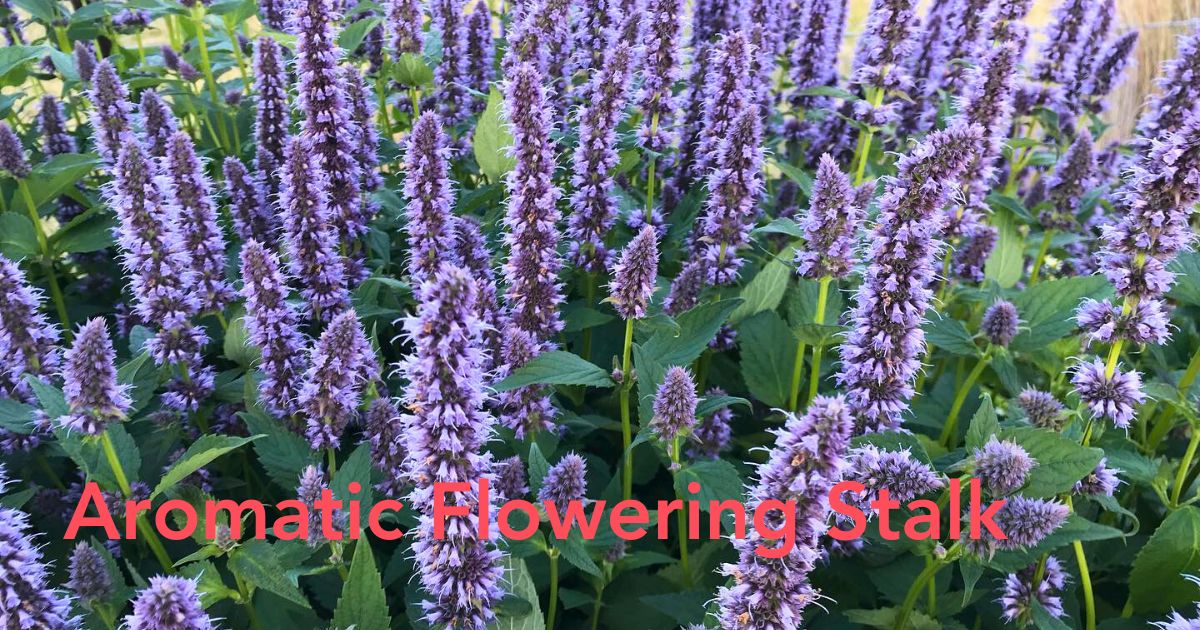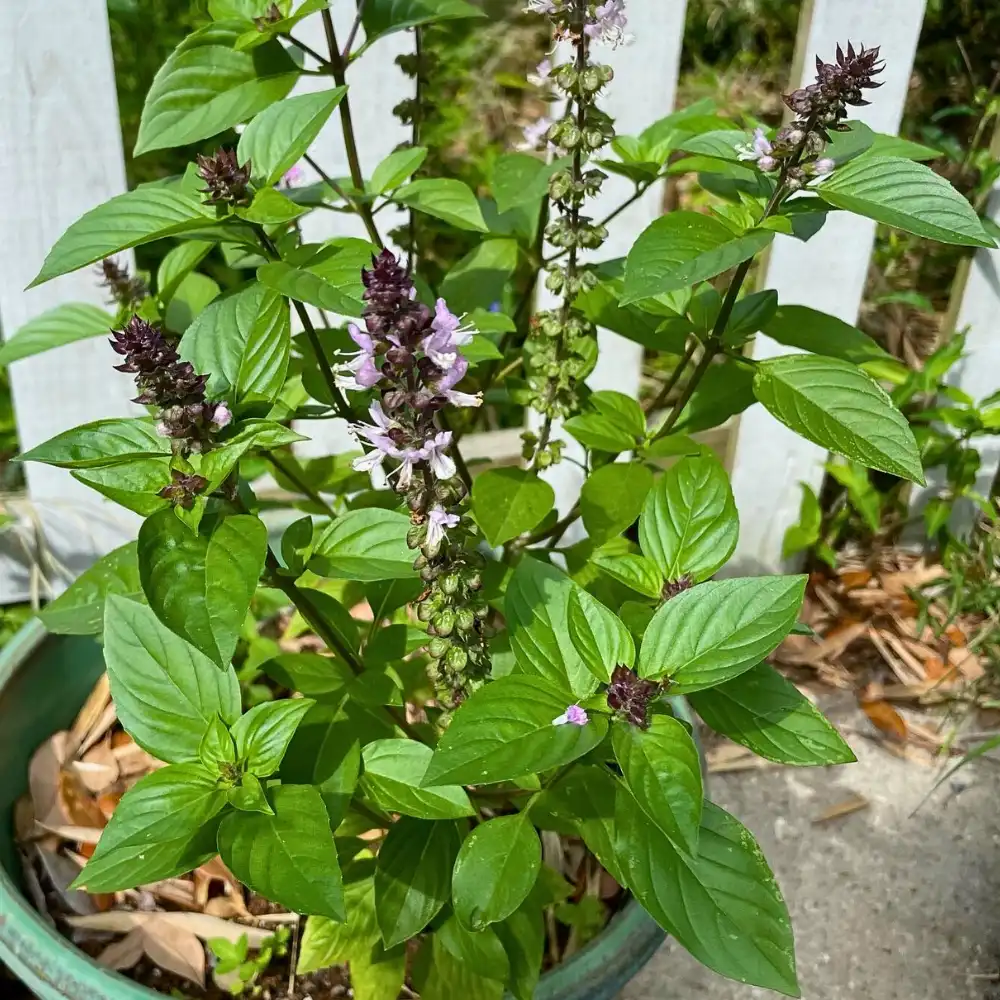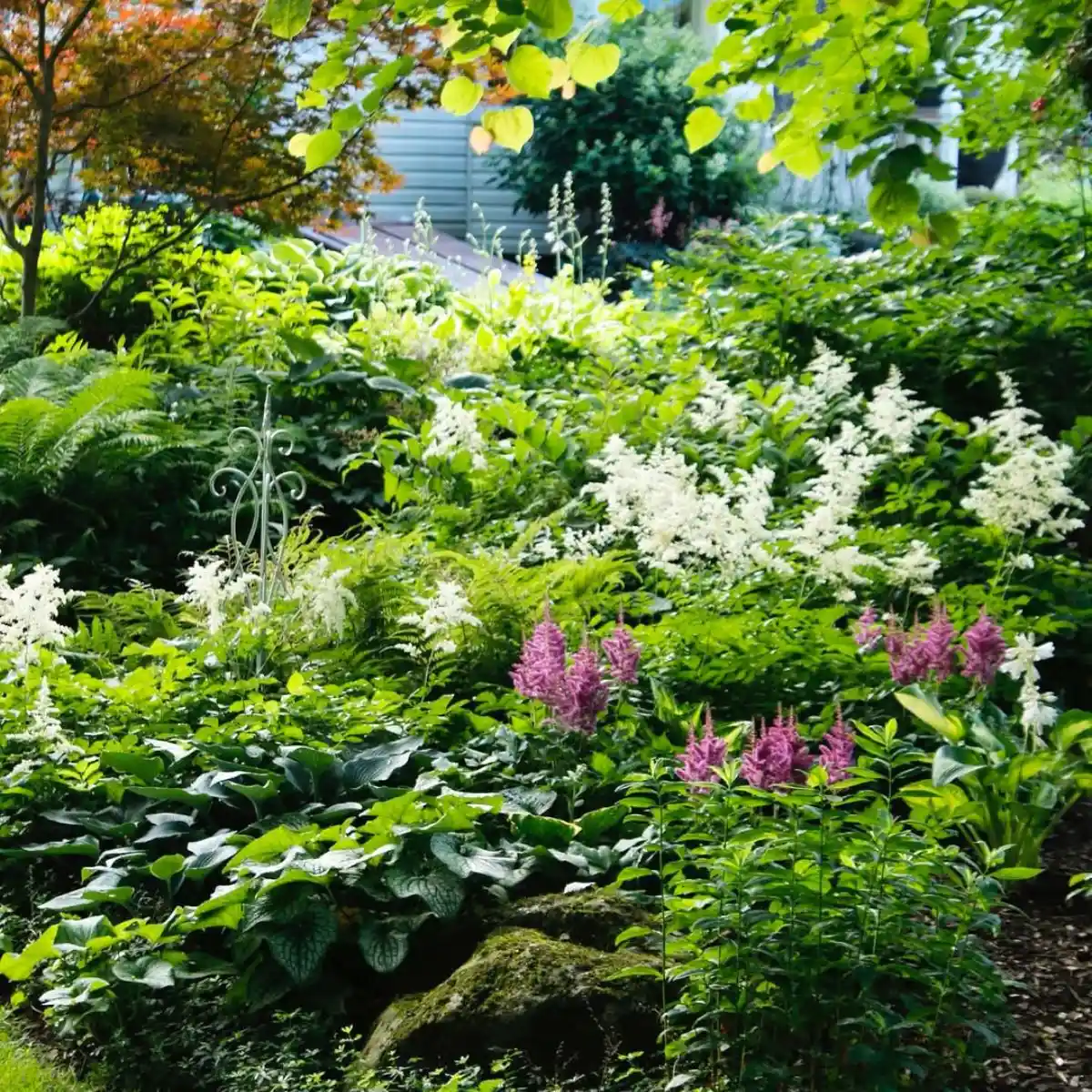The Agastache plant, often recognized by gardeners and collectors for its upright flower spikes and fragrant foliage, has earned a place in landscapes that favor pollinators, heat tolerance, and long-season interest. Known commonly as giant hyssop or hummingbird mint, Agastache plants are perennials in the mint family (Lamiaceae) and come in a wide range of varieties suited for both ornamental and ecological gardening.
This guide provides a comprehensive look into what the Agastache plant is, how to grow and care for it, and which varieties stand out, with particular attention to the Blue Fortune Agastache plant and Agastache Firebird plant.
What Is an Agastache Plant?
Agastache is a genus of about 22 species, most native to North America, and well-suited to dry, sunny environments. The plants are appreciated for their vertical flower spikes, which flower from mid-summer through fall in shades of purple, pink, orange, blue, and red. The foliage is often aromatic—minty, licorice-like, or bubblegum-scented, depending on the cultivar.
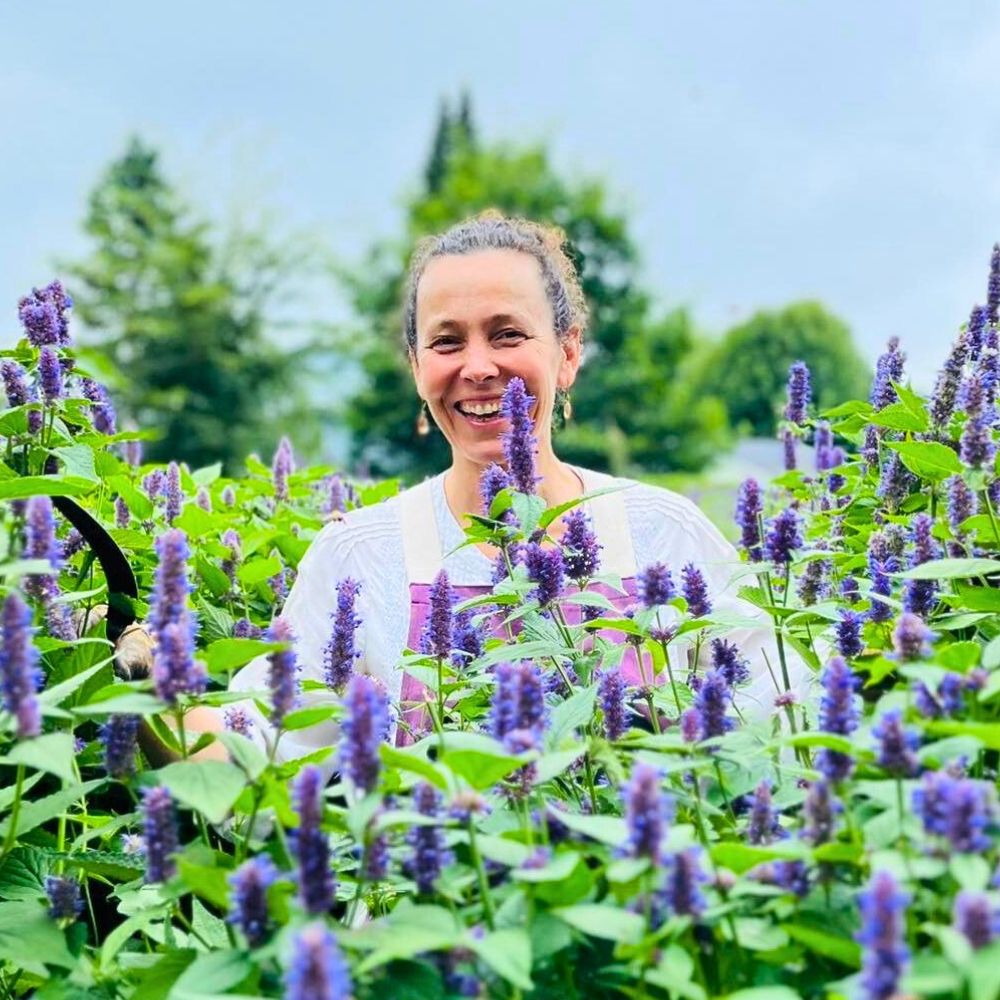
While it has ornamental appeal, Agastache also serves a functional role in supporting biodiversity. The plant attracts bees, butterflies, and hummingbirds, making it ideal for wildlife-friendly gardens. Many gardeners choose Agastache for borders, containers, and herb gardens due to its upright habit and resilience.
Noteworthy Varieties: Blue Fortune and Firebird
Blue Fortune Agastache plant is one of the most commercially successful varieties. A cross between Agastache rugosa and Agastache foeniculum, it produces dense spikes of blue-lavender flowers and has earned the Royal Horticultural Society’s Award of Garden Merit. Blue Fortune is known for its sturdy stems, mildew resistance, and reliable performance in USDA Zones 5–10.
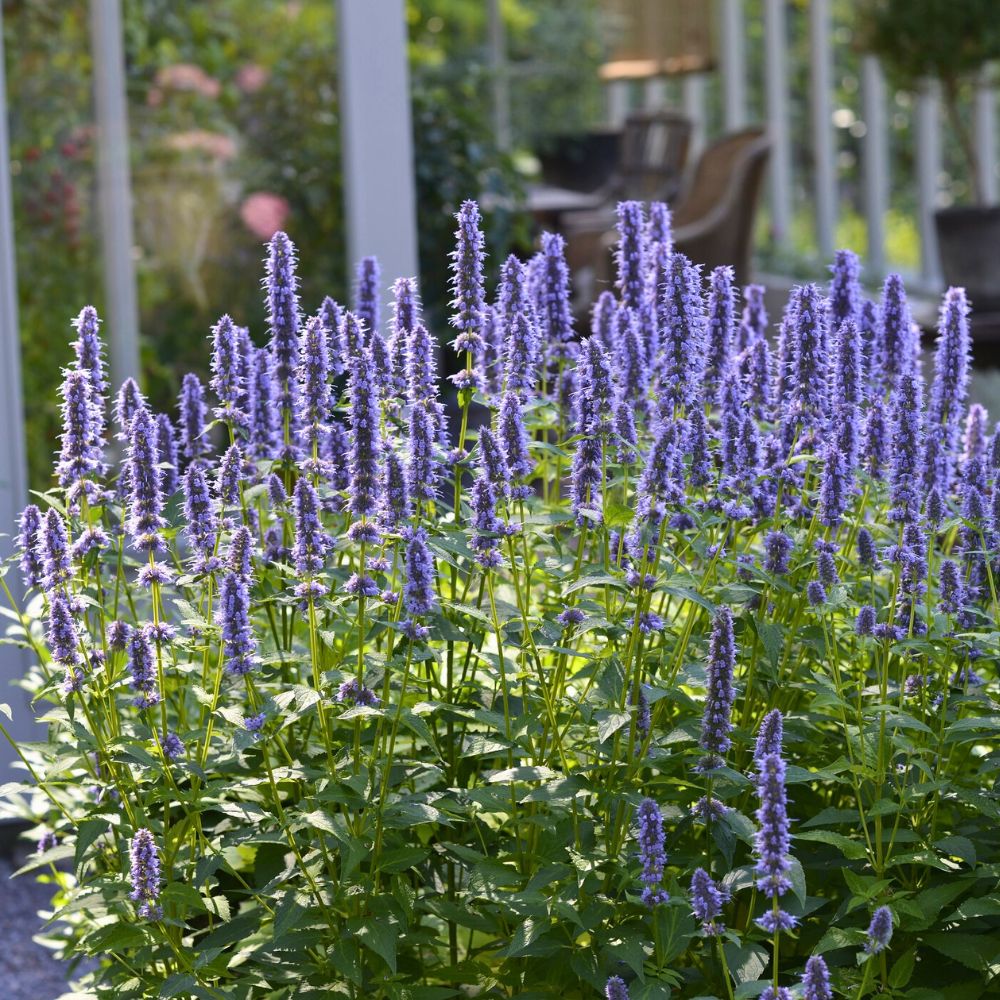
The Agastache Firebird plant is another standout. With tall, slender spires of warm red-orange flowers, this cultivar thrives in full sun and lean soils. It’s a magnet for pollinators and fits well into xeriscapes or mixed perennial beds. Firebird grows up to 9-12 metres (3–4 feet tall) and is best suited for zones 6–10.
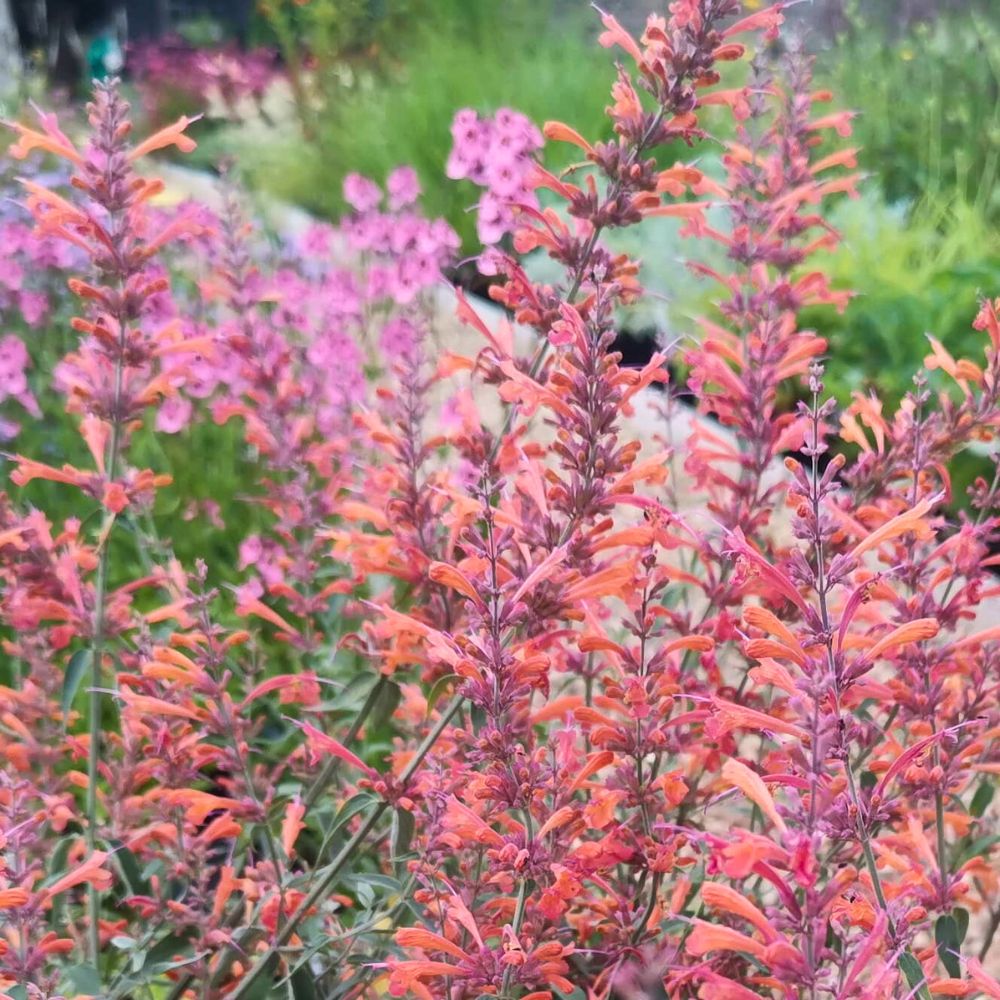
Other varieties like ‘Apricot Sunrise’, ‘Golden Jubilee’, and ‘Little Adder’ also offer diversity in color, size, and aroma, expanding the use of Agastache plants across various design palettes.
How to Plant Agastache Seeds
Agastache can be grown from seed, transplant, or division. For seed propagation, sow seeds indoors 4–6 weeks before the last frost or direct-sow outdoors in fall for spring germination. Seeds require light to germinate, so they should be sown on the soil surface and gently pressed in without covering.
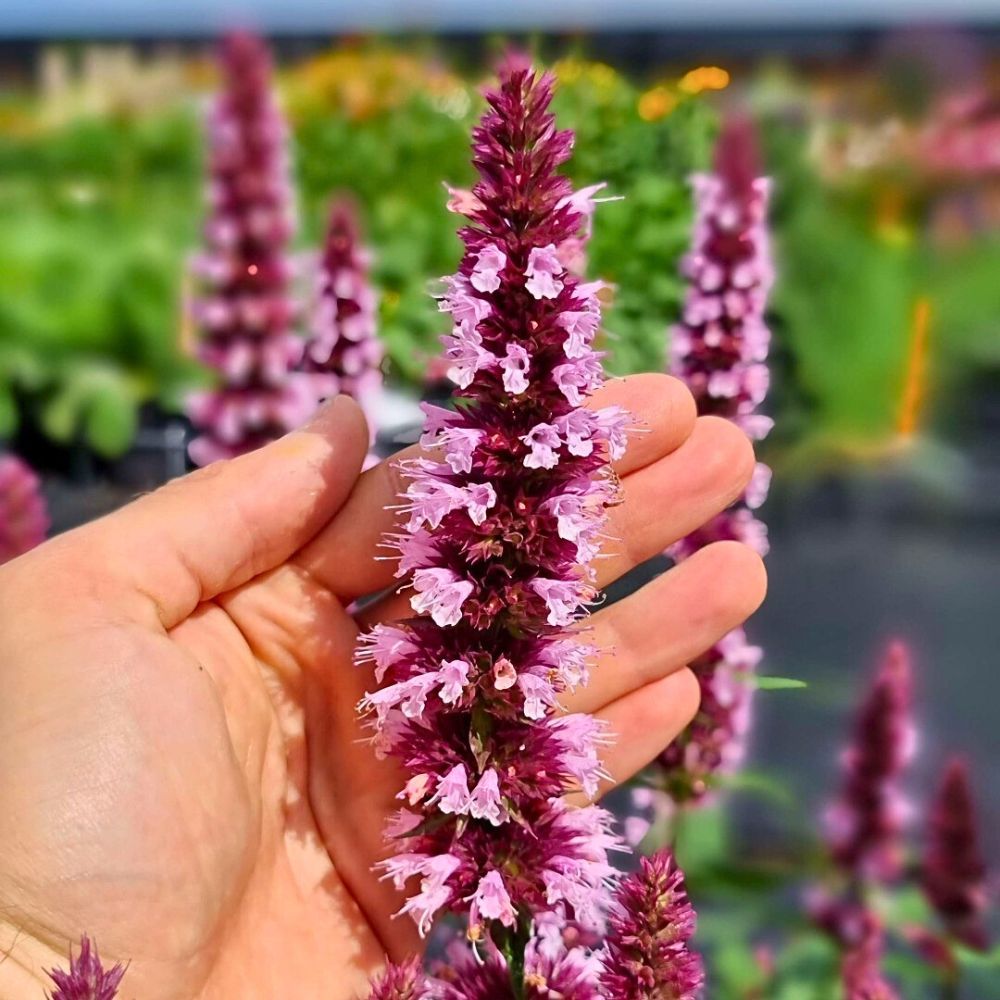
Agastache from seed benefits from cold stratification—exposing the seeds to a period of cool, moist conditions for about thirty days to simulate winter and improve germination rates. Once sprouted, seedlings should be hardened off and planted out after frost danger has passed. When starting from seed, patience is required, as plants may take their first season to establish and flower more fully in the second year.
How Far Apart to Plant Agastache
Spacing is important to prevent overcrowding and promote airflow. Most Agastache plants should be spaced 30 to 45 cm (12 to 18 inches) apart, depending on the mature size of the variety. Larger types like Blue Fortune or Firebird may require up to 60 cm (24 inches) to accommodate full growth and maximize flowering potential.
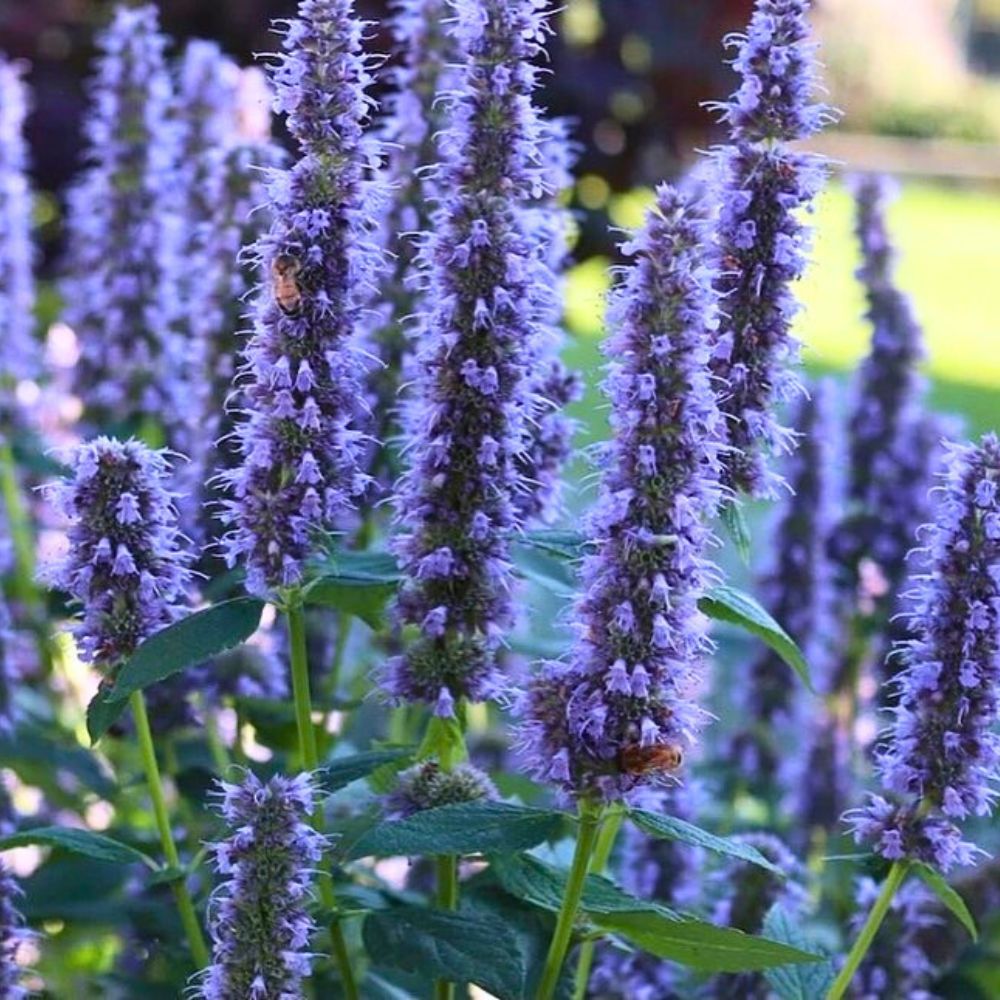
When planted too closely, plants may compete for nutrients, become leggy, or develop powdery mildew due to reduced air circulation. In contrast, wider spacing in poor soils can lead to slower establishment, so adjusting the gap based on your growing conditions is essential.
Light Requirements for Agastache
Full sun is essential for Agastache. These plants perform best with at least six hours of direct sunlight each day. In partial shade, flowering is reduced, and plants may become leggy.
In regions with intense summer heat, Agastache may benefit from light afternoon shade to prevent leaf scorch and extend flowering. Observing sun patterns in your garden can help you place the plant where it will receive optimal light without stress.
Soil Needs for Agastache
Agastache thrives in well-drained, lean soils. Rich or clay-heavy soils can hold moisture and increase the risk of root rot. Sandy or gravelly soils are ideal, especially in raised beds or borders.
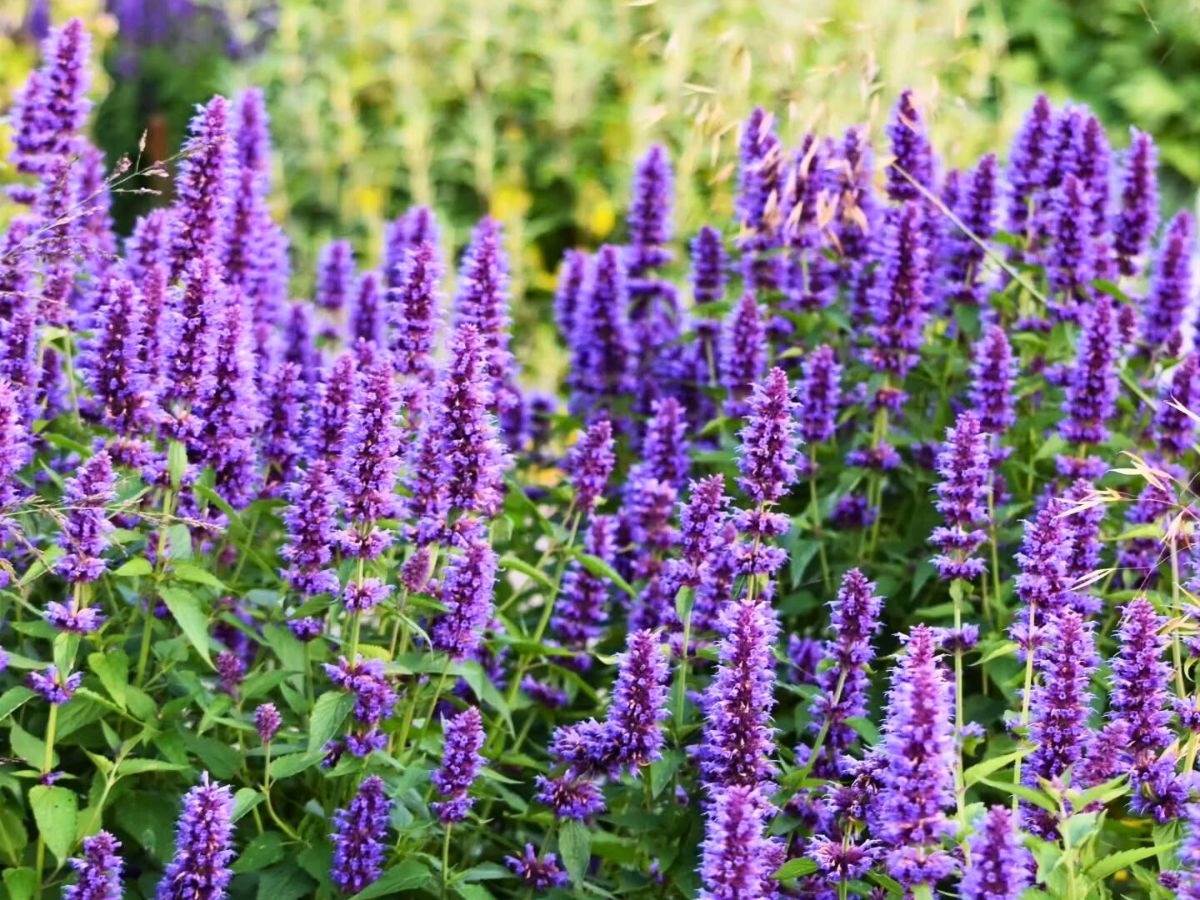
To improve drainage, consider amending heavy soils with coarse sand, gravel, or organic matter like compost. A slightly acidic to neutral pH (around 6.0–7.5) is optimal. Avoid over-fertilizing the soil, which can encourage soft growth and reduced flowering.
Watering Agastache Plants
Water young Agastache plants regularly until established. Mature plants are drought-tolerant and prefer deep, infrequent watering. Overwatering can lead to root and crown rot.
During hot, dry spells, give the plants a thorough soak once a week, allowing the topsoil to dry out between waterings. In clay soils, reduce frequency to avoid waterlogging. In containers, monitor moisture more often, especially in windy or sunny locations.
Fertilizing Agastache Plants
Minimal feeding is recommended. Fertilizing too much can lead to lush foliage and floppy stems at the expense of flowers. A light application of compost or a balanced, slow-release fertilizer in spring is sufficient.
Avoid fertilizers high in nitrogen, which can inhibit flowering. Look for products with a balanced NPK ratio or slightly higher phosphorus to promote blooms. Organic options like worm castings or compost tea are also suitable.
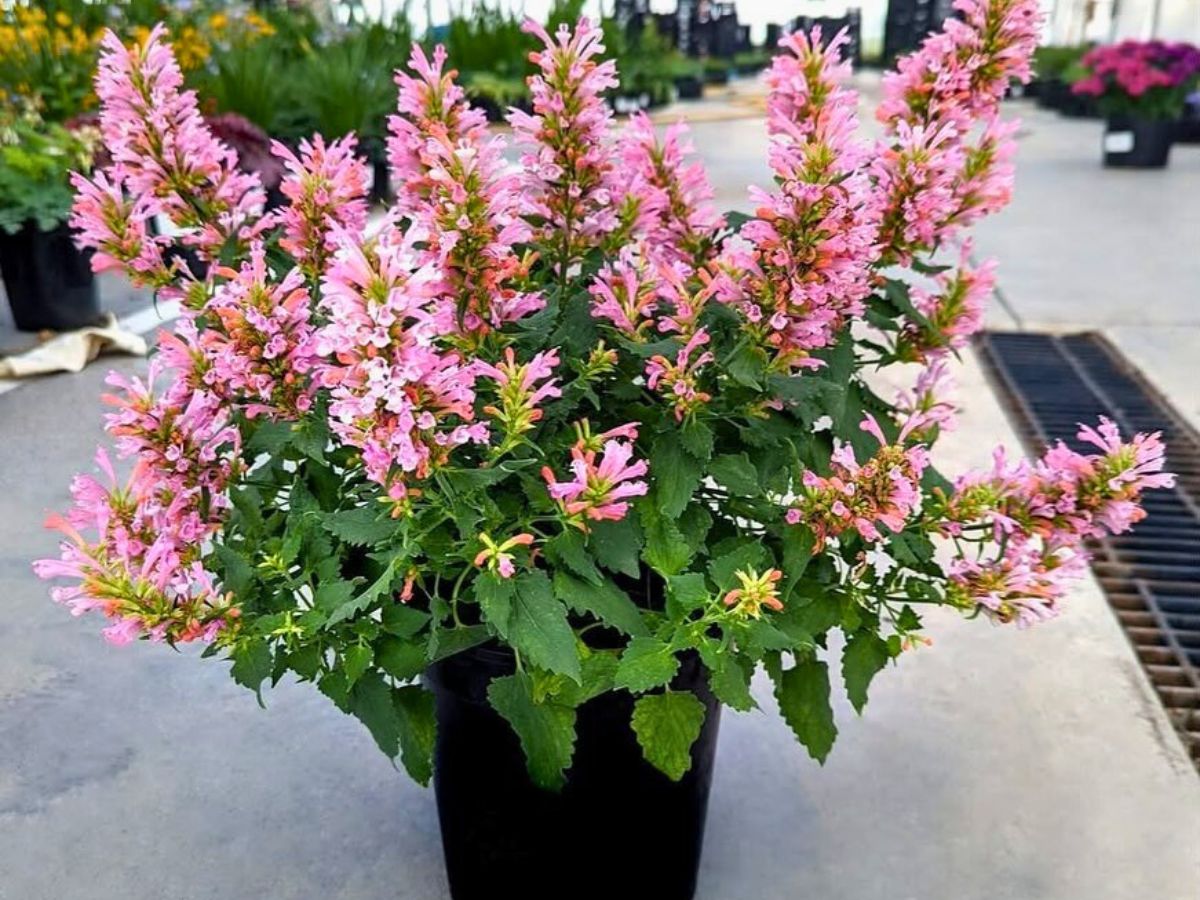
Pruning and Maintenance Tips for Agastache Plants
Deadheading spent blooms encourages continued flowering. In late fall or early spring, cut back stems to tidy up the plant. Divide every 3 to 5 years to maintain vigor.
Pruning in spring also helps remove any winter-damaged stems and allows for a fuller, bushier habit. In colder climates, mulch lightly in fall and leave stems standing to protect the crown and provide overwintering sites for beneficial insects.
Common Issues With Agastache Plants
While Agastache is generally low-maintenance, it can experience a few common problems. Poor drainage is the leading issue, often causing root rot or crown rot, especially in clay-heavy soils or during prolonged wet conditions. Ensuring proper soil structure and raised planting beds can prevent this.
Powdery mildew may appear on leaves in humid climates or where air circulation is poor. This can be managed by spacing plants properly, watering at the base, and removing affected foliage.
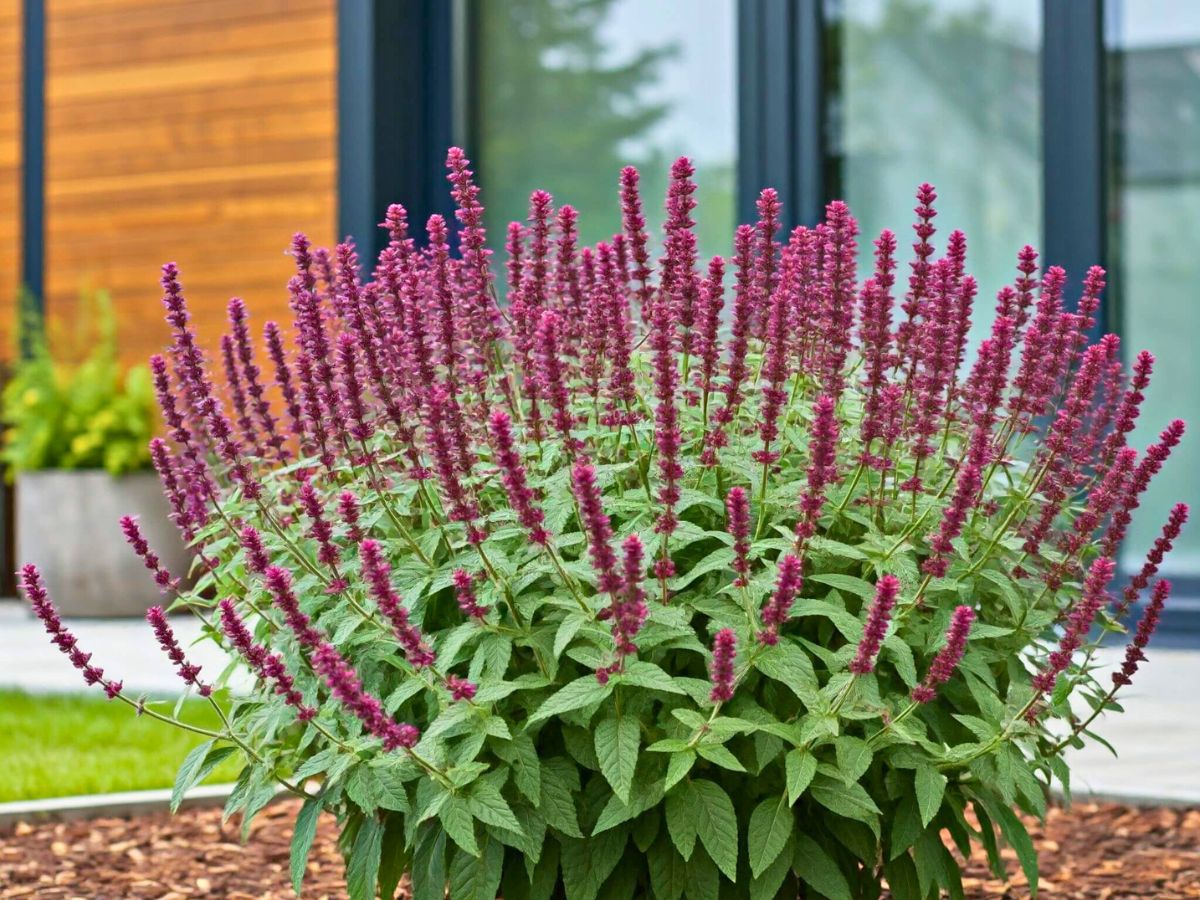
In rare cases, aphids or spider mites might be attracted to stressed plants. These can be addressed with a gentle spray of water or organic insecticidal soap. Slugs are not typically a concern due to the aromatic leaves.
Buy Agastache Plant: Availability and Breeders
For those looking to buy an Agastache plant, nurseries and online suppliers offer a wide selection of both seeds and plugs. Some breeders worth noting include:
Darwin Perennials
Known for sturdy, long-flowering cultivars suited to landscape use. Their selections are widely available in commercial horticulture and ideal for larger plantings.
Plantipp
Plantipp has a large network of breeders, growers, and traders worldwide. Its assortment of new varieties is diverse and innovative.
Terra Nova Nurseries
Offers compact varieties with bold colors for containers and borders. Terra Nova's breeding emphasizes form and garden performance, making them popular in urban gardens.
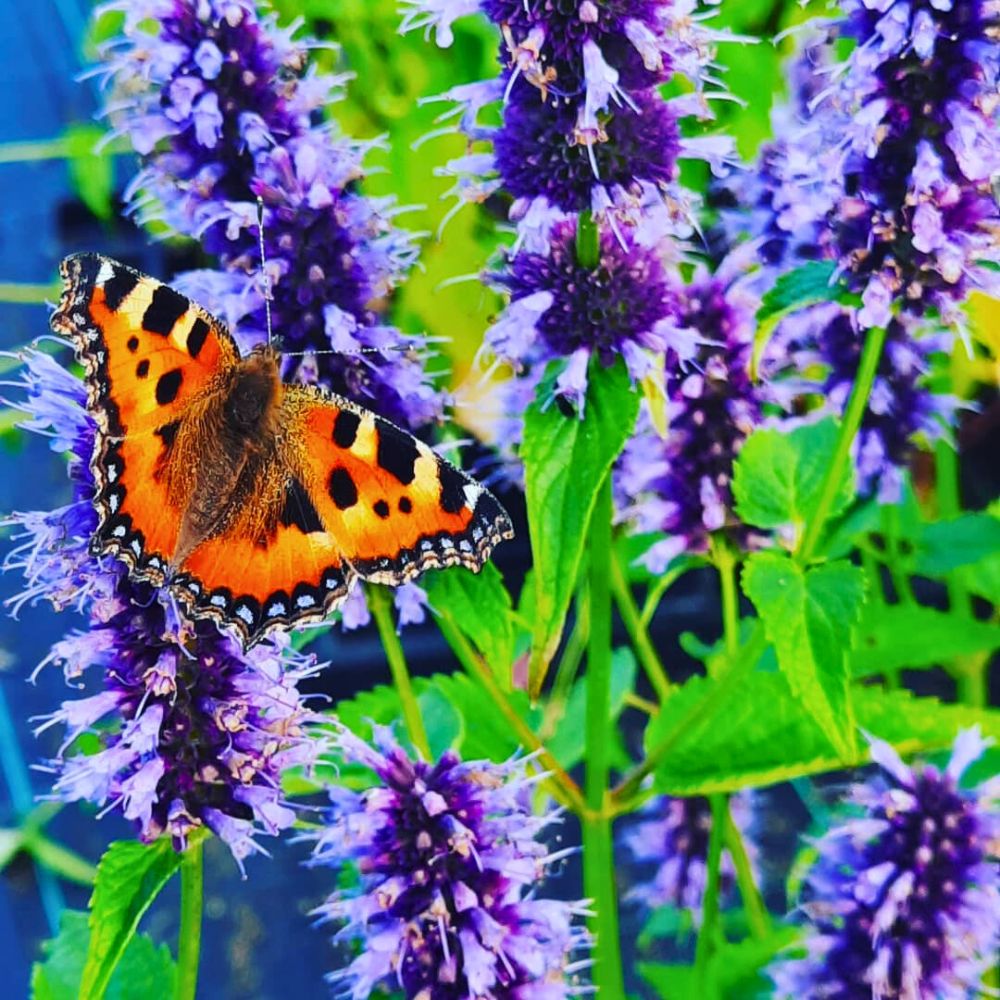
PlantHaven
Promotes innovative introductions like ‘Peachie Keen’ and ‘Morello’ that stand out for form and flower. These cultivars are known for strong flowering habits and unique foliage.
Check local garden centers or specialty native plant nurseries for regionally adapted selections. Seeds are often available through native plant societies and online marketplaces.
Common Uses and Garden Placement
Agastache plants are widely used in pollinator gardens, mixed perennial borders, drought-tolerant landscapes, and even container gardens. They also have a place in herbal tea gardens thanks to their edible, aromatic leaves.
Their upright form and colorful spikes provide structure and height, especially when planted in groups or paired with plants like ornamental grasses, echinacea, or rudbeckia. Agastache also works well in naturalistic or prairie-style plantings where low input is preferred.
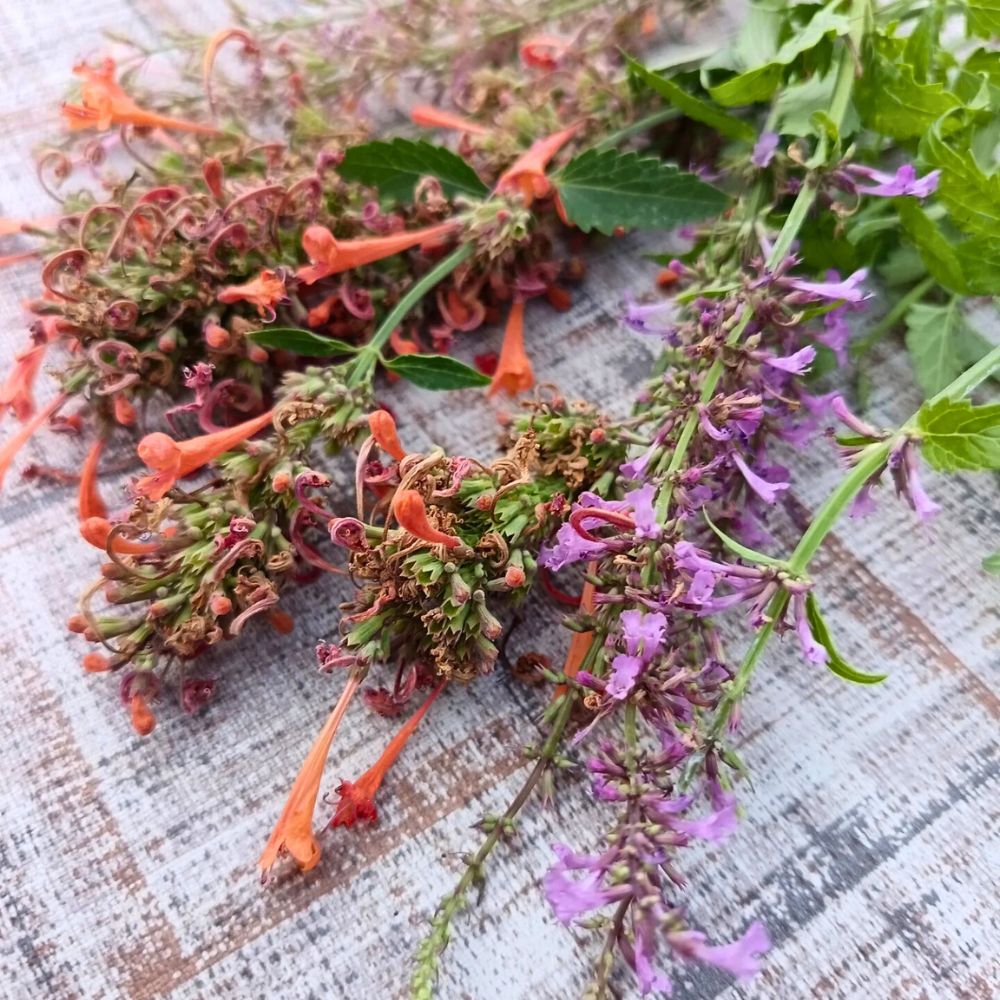
Agastache plants bring long-lasting color, scent, and pollinator appeal to gardens with minimal upkeep. Whether you're growing them from seed, selecting standout cultivars like Blue Fortune or Firebird, or simply adding texture to your landscape, this plant offers strong ecological and ornamental value. With proper care and spacing, Agastache can thrive in both small gardens and expansive landscapes alike.
Header image by @Woodbridge Nursery, Feature Image by @WWOOF Canada.

